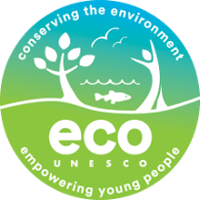We need to come together and work
to achieve Climate Justice.
Your time is now!
The climate is changing, human activities are contributing to this and the impacts are already being felt by people, plants and animals across the globe. The impacts of climate change are not evenly distributed. The poorest countries and the most vulnerable people within them, particularly those whose economies are dependent on agriculture, will be most affected despite having contributed least to climate change.
Geography of Climate Justice – An Introductory Resource 2011
Climate Change
Examples of human activities contributing to climate change include;
- Carbon dioxide emissions through burning fossil fuels such as coal, oil and gas and peat
- Methane and nitrous oxide emissions from agriculture
- Emissions through land use changes such as deforestation, reforestation, urbanization, desertification,
Climate Justice
Climate change is already depriving some individuals and communities of their basic human rights, such as access to food and clean drinking water, and threatens the existence of communities. Those who have contributed least to carbon emissions often suffer the most.
This has given rise to the concept of climate justice which frames global warming as an ethical and political issue rather than one which is purely environmental or physical in nature.
Climate Justice means trying to ensure that people and the planet are treated fairly in the ways in which we: a) try to reduce further climate changes, for example by cutting down the amount of fossil fuels we burn to produce energy (known as mitigation); and b) adapt to the changes we have brought about in the climate, for example by developing crops that are resistant to droughts where rainfall levels have dropped as a result of climate change (known as adaptation)
Check out our resources page below which is packed with ted talks, articles, documentaries, tunes and tik toks to aid you with your understanding and inspire you to create change.


